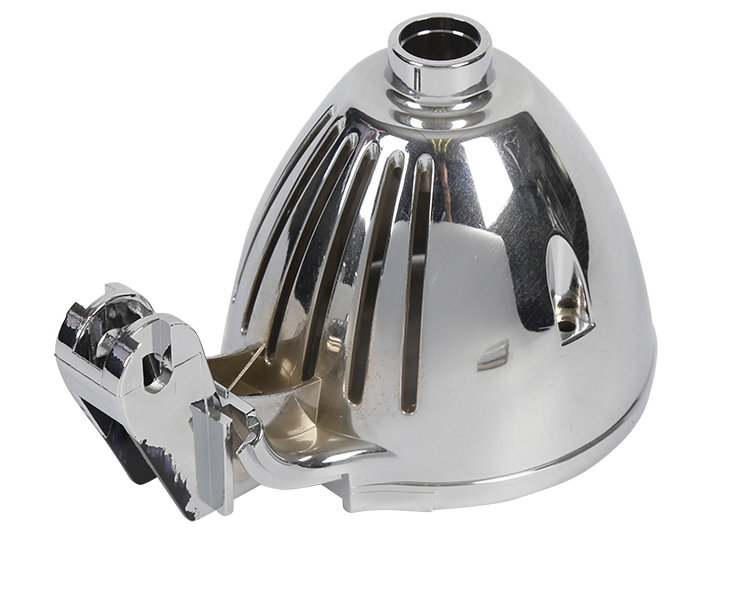As the plating layer has a certain thickness, the surface treatment of the part will inevitably lead to changes in size of the part. Usually, the design drawings on the size and tolerance of the parts, refer to the final size and tolerance of the parts, if the parts do not match the requirements of the final size of the parts for plating or chemical plating is still feasible; if the precision of the parts is high, after the assembly of the clearance can not be more generous to accommodate the thickness of the plating layer and its deviation, then the final size of the parts on the plating, the assembly of the product and work performance is The product’s assembly and performance are not favorable. In order to solve the problem of post-plating dimensional fit of parts with fit requirements, the pre-plating process dimensions of the part must be determined in consultation with the design and process department of the part, with the thickness of the plating and the dimensional deviation of the plating reserved in advance. It is important to note that it is not feasible to allow only for the thickness of the plating and not for the possible deviations in thickness during plating.
The pattern of final dimensional changes in the part caused by the conversion film treatment is different from that of electroplating and chemical plating. As the conversion film layer is formed by the dissolution of the metal part surface in the chemical solution itself, the conversion film is usually very thin and the part does not generally cause any significant change in final dimensions after the conversion film treatment. Parts by the conversion film treatment caused by the final size of the obvious changes and affect the fit of the parts, common in aluminum and aluminum alloy hard anodizing, thick film corrosion resistant phosphating, and other processes. As the strength of the phosphate film layer is not as strong as the metal, therefore, it is not appropriate to use the film thickness measures reserved on the parts. In order not to affect the fit of the parts, it is appropriate to use a low-film heavy phosphate system solution for phosphate treatment, so that the thickness of the film layer is thinned, while still having good corrosion resistance.
Aluminum and aluminum alloy surface hard anodized film, with high hardness and excellent wear resistance, is a common means of improving the wear resistance of aluminum parts surface, in order to improve the service life of the parts, product design usually requires a hard anodized film layer with a large thickness, therefore, aluminum parts hard-anodized after the final size of the parts change is relatively large, usually follow the rule that the parts The increase in final dimensions is roughly equal to 1/2 the thickness of the film, as shown in the graph below. This value is widely used to estimate the dimensional change of aluminum parts after hard anodization.

